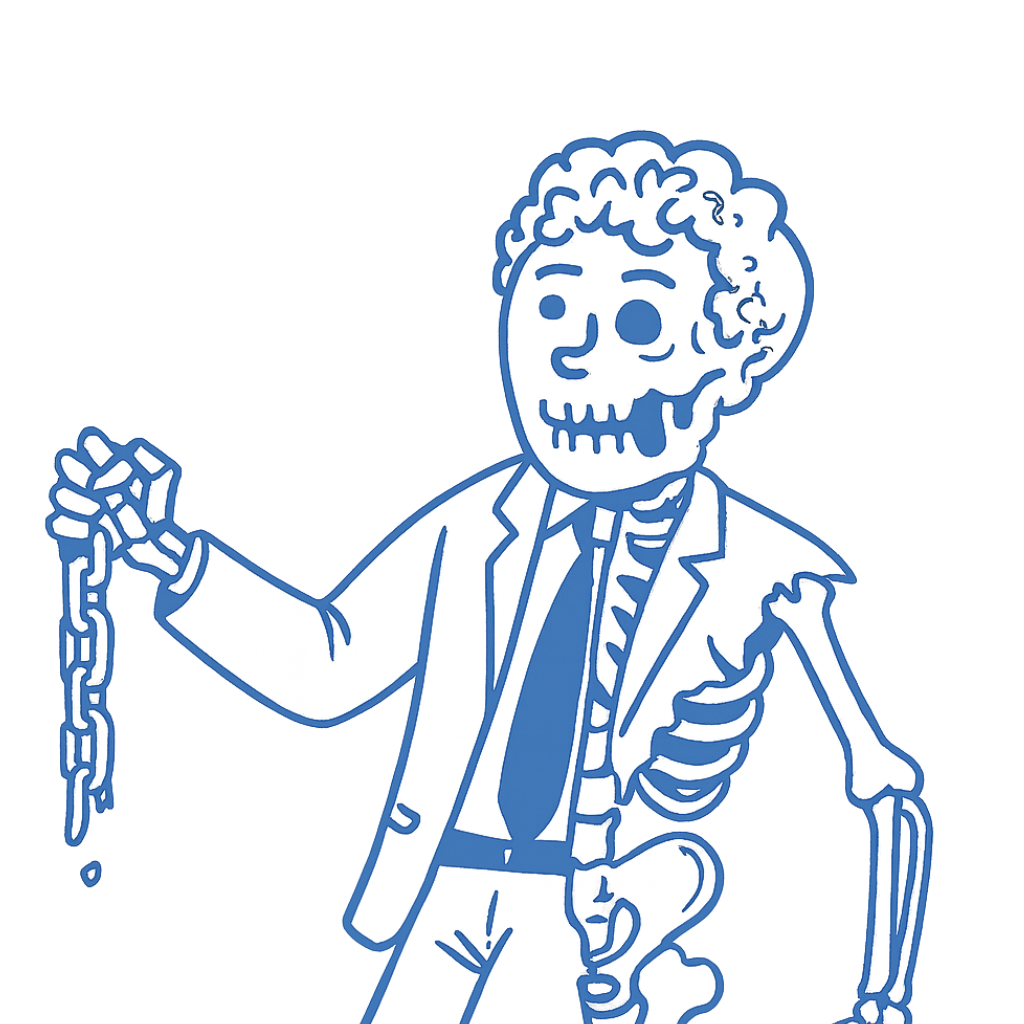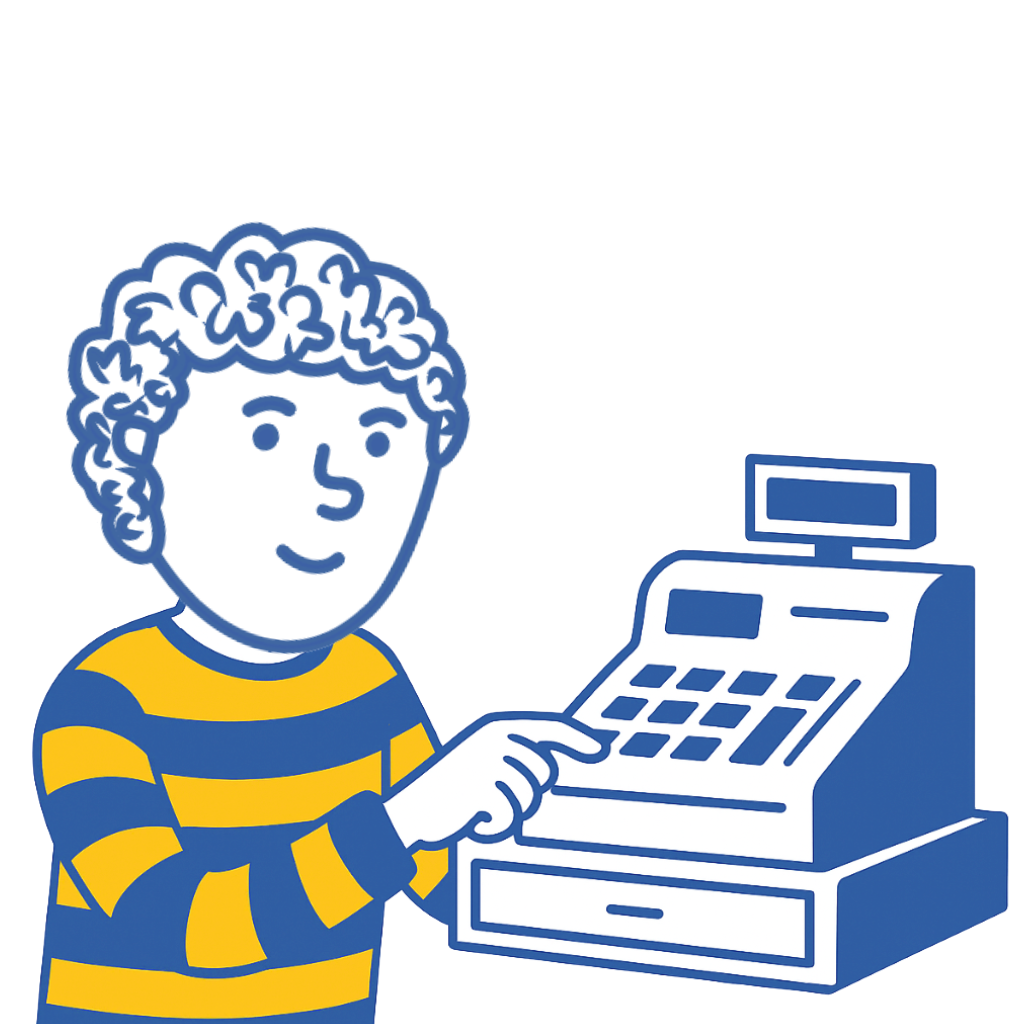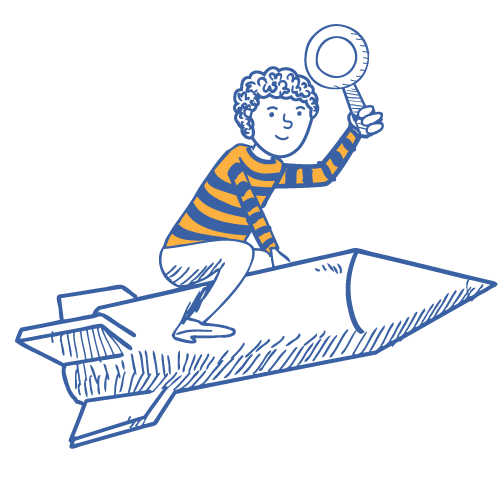When I got promoted to SEO account manager at my previous digital marketing agency, besides all the excitement, I knew it would be a new challenge to create strategies involving Digital PR, Content, Design and other teams on top of my usual SEO work. I was also aware that my success in the new role would depend even more on my colleagues. I could develop the best strategy in the world, but it would mean nothing if the execution didn’t reach the same level.
Being in the forefront of all conversations with clients, I quickly realized that simply writing down notes, searching for conversations buried in emails and chasing people for deliverables would be risky if I didn’t have a more structured system.
Some of our clients were using project management software (such as Teamwork, Asana and Monday) and I loved how organized it was across their companies.
In this article, I’d love to share my experience and provide a framework for implementation for any link building, digital PR or marketing teams. These are a few of the things I implemented and led me to win a 10 from all clients on the last NPS score survey before I left the agency – to work for a project management software!
Project management is everywhere
If you dig a little, you probably already use some sort of project management platform. Starting with BuzzStream, if you use outreach templates and schedule follow-ups, you’re optimizing your time to win coverage and links under a certain time frame. Other team members can see the outreach status and leave notes. Can you remember your life before using a CRM for link building?

Some people have post-its all over their monitor – That’s also, in a sense, project management, or at least an attempt to! I used to write down my next day’s tasks and estimated time on my agenda before leaving the office (remember, offices?). These might work for personal tasks, but when you have a lot of people involved, you need more than that for things to run smoothly.
Research if a system has been implemented before
Introducing a new way of working, or a new tool is not easy. Some people don’t like the change or feel that they don’t have the time to learn a new process. In some cases, you understand the benefits because you’ve been researching for a while, but they don’t (yet!).
Perhaps there were attempts to implement a workflow that worked for a while or some people are in silos, with some of their colleagues or just on a few accounts. At the time, we had a top-level strategy plan built in spreadsheets for our SEO clients.
In case your client hasn’t mentioned yet, ask your clients how they manage projects internally or with other agencies. Could you learn something from them in terms of methods or solutions? Maybe your colleagues are using tasks lists on their own?
The main point of a project management system or workflow is to make life easier.
So what I did in the past to introduce a new system successfully is learning what people didn’t like about the old system, what was not working for the team and company as a whole. In most cases, the problems were in working in silos when team members had no insights into what their colleagues were working on; and in too much manual work while creating tasks.
Also, I recommend treating a system/workflow switch like a sale: you need to ‘sell’ your idea to the team. So talk benefits, not features. When you show how this new system helps save time, people will be more eager to switch to it.
Kristina Azarenko @ Founder of MarketingSyrup
Get buy-in from your team
Soon after you start a workflow, you will spot ways to improve it. In my case, our color-coded sheets had tasks and months where they’d be executed. Soon, I wanted to add owners and time estimations, so we’d have a rough idea if all we planned would fit in the budget or if we had space to do more. It’s been a long time since we worked on it, but here’s a simplified version of it – You probably came across something like that before.

If Q4 is a gold month for links to ecommerce clients with Black Friday and Christmas, we certainly wouldn’t want to spend time on a migration. If our conversions peak during summer, create fresh content should be done a few months before to give it time to rank. By the way, here’s a guide to find out when coverage of a topic is about to happen based on historical data.
It worked well as an initial plan to reassure the client the direction we were taking, but inevitably more tasks and sub-task would be required and keeping an organized spreadsheet became more and more complex. Soon, the details of a campaign were again buried in email threads. Which were the last design updates we asked the creative team? Who was meant to take notes and send the feedback after our long and exhausting call?
Looking again at which clients have the smoothest processes to get work done, many had a project management software. To propose a wide implementation, I took two avenues: Formally pitched to Department Heads at the agency. At the same time, I implemented a free version of a solution to get buy-in from those working directly with me.
Here are some steps to go over with your team:
- Discuss the workflow you want to propose and why
- Create a project and move tasks from sheets or mentioned on emails to the software
- Schedule a recurring meeting to discuss tasks, estimated time to complete and delivery date
- Update the project together (e.g. sharing your screen), so it’s very clear where things stand.
- Hear their feedback, make adjustments and be the gatekeeper of your projects accuracy
Proposing to your boss
The more people you get excited, the better. Starting small, with your clients and team members first, will give you some feedback and tweaks on your process or software of choice.
Each company is different, but most bosses will be more willing to hear about how you’ve a proposal to increase productivity and results instead of flagging a problem or untested solution.
You’ll know best the arguments for your account, team or company, but here’s are some advantages to highlight about project management software:
- Stop creating spreadsheets that get forgotten or duplicated
- Avoid late deliverables due to tasks being forgotten
- Mention clients using the solution, especially large retainers
- Put client at ease by showing all we had planned to deliver
- Scheduling recurring tasks (reports, right?)
- Easy way to show to clients all the things we are doing
- Save money by doing several other paid tools do
- Low risk: start with a free plan and invest only if adoption is high
“It was super important for us to check that our shortlisted systems allowed us to work easily with retained clients, which make up nearly 90% of our work.
Don’t be afraid to point out limitations of the system. We found that this prompted our Account Manager to offer the addition of Beta’ features/functionalities to our instance, so we are able to use handy features before they go to market”
Alexis Baker – Project Manager @ Rise At Seven
Learn how others are using your software and adjust to it
One thing you can do in most project management solutions is to create task list templates. Let’s assume that for every client you run a content plan or a PR campaign per month, so you’ll need some of the following:

Instead of building a new task list every time, you can have this as a template. All the tasks, importance, cross department dependencies and so on. At the time, I proposed every department (SEO, PPC, Social) to create an onboarding template but soon realized that every Account Manager preferred to do things their own way, such as:
- A department managed under a project instead of creating a separate project for each client.
- A task list per type of activity within a department (e.g. Link building, Guest posting, Technical SEO, etc)
- One project per client, with several departments (e.g. Content, SEO, PPC, etc)
If you have a vision but not everyone is onboard the same way, it’s still ok if the final goal is achieved. Different project management softwares will give you options to create a task in several projects or create dependencies, so you still can integrate things managed in different projects.
One great tip I learned while working with a company called Sticker Mule in the past and took with me is to “Start task names with verbs (i.e. Consider, Send, Fix, Add, Design, Implement, Order)”. A task called ”Upload blog post with new creative” makes a lot more sense than “blog post”, doesn’t it? They have a great list of tips for smooth project management software usage.
Avoid email threads, keep discussions on the platform
You might have your priorities of the day written on sticky notes, an agenda or a board on your wall. How about managing team tasks where you need to draw their attention to something urgent?
One of the things I love the most in project management software are task lists, not just to know what I should do next, but to facilitate the discussion with team members, clients and other stakeholders.
Have you ever been on an email chain where the final task had nothing to do with the subject line? If some tasks are clear but still get pushback, imagine when the request is not clear in the first place.
The bigger your client, the more people are involved in the outcomes of your work. Now, let’s say your next PR campaign has to go out next week. While this is a big deal for your agency, the developer who manages their website has requests from several other people and has only a small window to help you.
In some cases, clients move things between projects or teams (e.g. from SEO to Web Dev). Make as easy as possible for someone else to complete a task.
“We learnt the hard way with having ‘task mania’ where individuals end up getting assigned too many bitty tasks, which ends up clogging up their task dashboard. We try to group up tasks under 1 task that can be quickly completed. This can be easily done by adding task descriptions”
Amy Ashton – Finance Director @ NeoMam Studios
Check how NeoMam’s uses project management software in their agency
Features to scale
Start small, think big. Maybe all you need now is a way to list your tasks, deadlines and discuss with your team, however things might escalate quickly.
Look at the solutions and needs you have internally, the ones your clients are using and you can piece together what matters to you. Here are some that a digital PR agency could use:
- Task dependencies – Outreach only can be done after the press release is approved
- Workload – Estimate how busy a person is before giving them more work
- Forms – A new client contact form turns into a task automatically
- Estimated / Logged time – How long a task actually took vs estimated time
- Templates – Every campaign has the same steps, only write the tasks once
If you’re running a team of people contacting journalists as part of their job, you absolutely have to have solid internal communication. Getting it wrong means contacts might be overlooked at best or, worse by far, contacted multiple times by different members of the team. The most important features of any task management system for this, in my view are features that manage task dependencies in a way that lets you easily see where any hold ups might be. All good and well holding your outreach people accountable for who they’re contacting but to do so, you need full oversight in dependencies.
For agencies or in house teams managing multiple brands, accurate time logging is important too. Sometimes we badly under or overestimate how long it takes to do something and as you build a develop your team, real world data about how long it takes them is key to future planning of your team and activities.
Stacey MacNaught @ MacNaught Digital
My personal case study as an SEO account manager
Things were moving well for me as an SEO Account Manager – At least from what I could see from my clients and a promotion to Team Lead that followed soon after. My project and team management would start ahead of the month.
Each team has its needs and those evolve overtime, but here’s a basic six steps plan I like to follow to manage clients, regardless of which software you are using:
- Client requests become task with estimated time required
- Internal meeting in the last week of the month to split the tasks between team members, considering the budget and time available (holidays, other big projects, etc). Things are likely to take longer than planned, so give some extra time for execution
- Send the monthly report to the client, including the plan for the month ahead. Add planned tasks in your monthly report shared with the client, including the link to the task on your software. Split what you own and what requires their input to get done
- During your call with them, share the screen and keep the project open. They can visually see what is in your plate, on theirs and when to expect them to be finished
- Make changes on the go, while your screen is shared. Did they promise to follow-up with someone who’s not on the call or did they approve the research? Write notes, tag people, change delivery dates. Don’t get caught short!
- The list might be big and the time limited, so prepare in advance to own this conversation. What are tasks you can’t move on without their approval?
- Check regularly the progress of your team. Are tasks close to be completed or do you have some roadblocks? It’s a one stop shop to quickly analyze if your deliverables will be done on time.
Choosing the best project management software for you
While you can work without a software just for project management, your life can be much easier if you have one – The same way you could outreach without BuzzStream, but you’d spend a lot of time doing boring tasks instead of focusing on the best strategy to earn links.
Once I started using one, it took me a few weeks to get on a nice flow, but at some point it became a routine to start the day by looking at my task list, creating tasks, and discussing deadlines with team members in a much-organized manner. I wasn’t caught short anymore.
All project management software solutions have their advantages. The only way to find out which you and your team will love the most is by trying them. A few things to test:
- Browse through the features they offer. Perhaps you’re paying for other tools that some of the work, but cost more
- Do they claim to be ideal for an agency like yours?
- Test if the product features work as you hoped
- Try it with a small group and gather some feedback before pitching to wider teams
While I’m not a project manager on paper (hoping to get certified soon), I spend a fair amount of time inside a project management software, so feel free to reach me out on Twitter if this guide has been useful but still didn’t answer all your questions.

 End-to-end outreach workflow
End-to-end outreach workflow



 Check out the BuzzStream Podcast
Check out the BuzzStream Podcast







